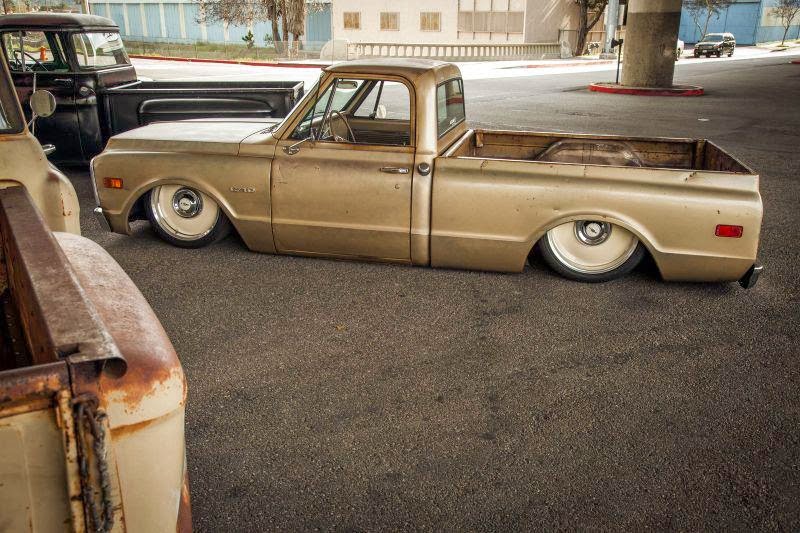Boyd Coddington Foose Wheels for Pinterest
20 Inch Smoothie Wheels - One of the wheels is often a circular ingredient that is intended to rotate upon an axle bearing. The wheel is one of the main elements of the wheel and axle which is one of the six simple machines. Wheels, at the side of axles, allow heavy objects that should be moved easily facilitating movement or transportation while supporting lots, or performing labor in machines. Wheels can be utilized for other purposes, such as a ship's wheel, wheel, potter's wheel and flywheel.Common examples are only in transport applications. A wheel greatly reduces friction by facilitating motion by rolling together utilizing axles. To ensure that wheels to rotate, a second is required to be applied to the wheel about its axis, either using gravity or by the use of another external force or torque.The English word wheel was produced from the Old English word hweol, hweogol, from Proto-Germanic *hwehwlan, *hwegwlan, from Proto-Indo-European *kwekwlo-, extended model of the root *kwel- "to revolve, move around ".Cognates within Indo-European include Icelandic hjól "wheel, tyre", Greek κύκλος kúklos, and Sanskrit chakra, rogues both meaning "circle" or "wheel ".Precursors of wheels, often known as "tournettes" or "slow wheels", were known with the Middle East by its 5th millennium BCE (one of the primary examples was discovered at Tepe Pardis, Iran, and dated to 5200–4700 BCE). We were holding crafted from stone or clay and secured down which includes a peg with the center, but required effort to turn. True (freely-spinning) potter's wheels were apparently active in Mesopotamia by 3500 BCE and maybe as early as 4000 BCE, plus the oldest surviving example, that was obtained in Ur (modern day Iraq), dates to approximately 3100 BCE.The main proof of wheeled vehicles appears around the last half of your 4th millennium BCE, near-simultaneously in Mesopotamia (Sumerian civilization), the Northern Caucasus (Maykop culture) and Central Europe (Cucuteni-Trypillian culture), therefore question that culture originally invented the wheeled vehicle 's still unsolved.The first well-dated depiction on the wheeled vehicle (here a wagon — four wheels, two axles) is in the Bronocice pot, a c. 3500 – 3350 BCE clay pot excavated from a Funnelbeaker culture settlement in southern Poland.The oldest securely dated real wheel-axle combination, that from Stare Gmajne near Ljubljana in Slovenia (Ljubljana Marshes Wooden Wheel) happens to be dated in 2σ-limits to 3340–3030 BCE, the axle to 3360–3045 BCE.2 kinds of early Neolithic European wheel and axle are known; a circumalpine sort of wagon construction (the wheel and axle rotate together, like Ljubljana Marshes Wheel), and also in the Baden culture in Hungary (axle doesn't rotate). They both of them are dated to c. 3200–3000 BCE.In China, the wheel was certainly present considering the adoption of this chariot in c. 1200 BCE,although Barbieri-Low[9] argues for earlier Chinese wheeled vehicles, c. 2000 BC.
Related Images with Boyd Coddington Foose Wheels for Pinterest
Detroit Steel Wheel: Steelies, Baby Moons, Bullets, Beauty Rings
rims and wheels hot rod hanks featuring hrh steel wheels and rims and
C10 Smoothies Related Keywords amp; Suggestions C10 Smoothies Long Tail

6066 Tire/Wheel Pics Page 12 The 1947 Present Chevrolet amp; GMC
| TITLE: | Boyd Coddington Foose Wheels for Pinterest |
| IMAGE URL: | http://img0035.popscreencdn.com/128639686_22-foose-nitrous-wheels-ford-lincoln-intro-ebay.jpg |
| THUMBNAIL: | https://tse3.mm.bing.net/th?id=OIP.SqUMe14byiyKoKWob_aRiQEsEs&pid=Api&w=180&h=181 |
| IMAGE SIZE: | 14423 B Bs |
| IMAGE WIDTH: | 320 |
| IMAGE HEIGHT: | 320 |
| DOCUMENT ID: | OIP.SqUMe14byiyKoKWob_aRiQEsEs |
| MEDIA ID: | AB80DD8F9A6AE96D74613B8F69F97A084B6B15DB |
| SOURCE DOMAIN: | pinstopin.com |
| SOURCE URL: | http://pinstopin.com/boyd-coddington-foose-wheels |
| THUMBNAIL WIDTH: | 180 |
| THUMBNAIL HEIGHT: | 181 |
Related Images with Boyd Coddington Foose Wheels for Pinterest
Detroit Steel Wheel: Steelies, Baby Moons, Bullets, Beauty Rings
rims and wheels hot rod hanks featuring hrh steel wheels and rims and
C10 Smoothies Related Keywords amp; Suggestions C10 Smoothies Long Tail

Tidak ada komentar:
Posting Komentar